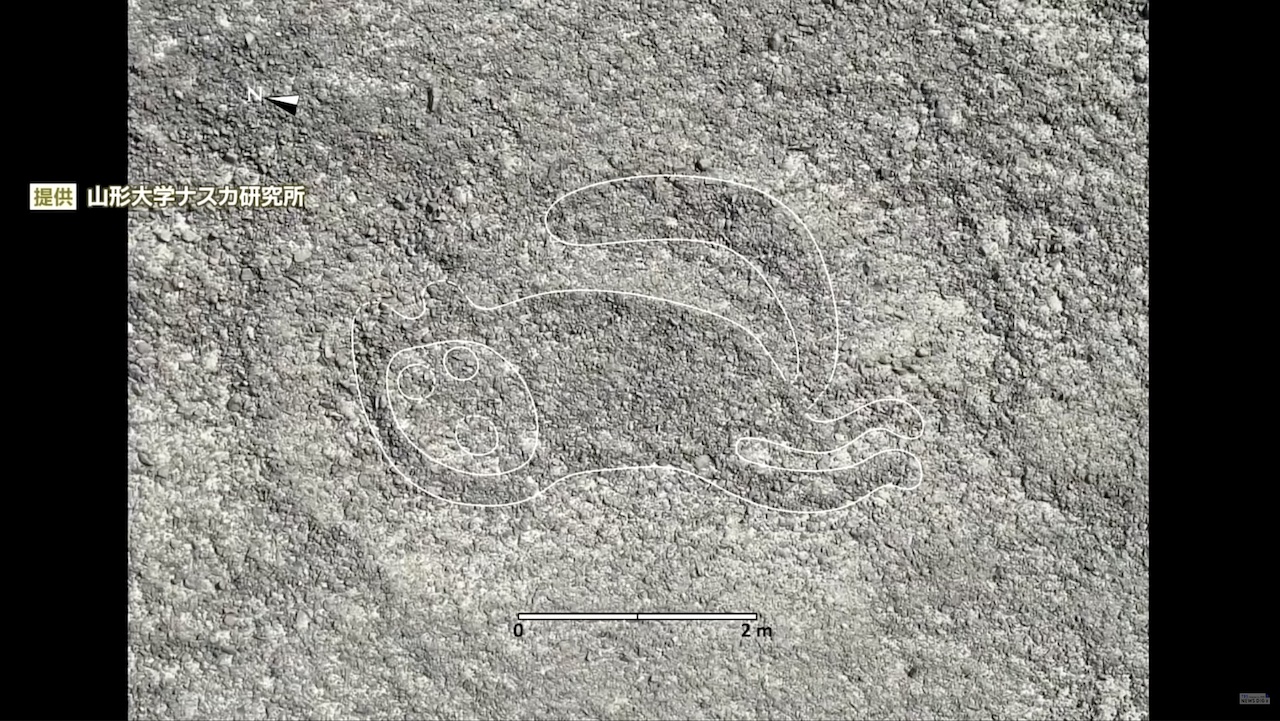YAMAGATA, Sep 25 (News On Japan) - Yamagata University, which has been conducting research on the Nazca geoglyphs in Peru, announced the discovery of over 300 new geoglyphs, depicting a variety of subjects, including humans and animals.
Yamagata University has been researching these geoglyphs for nearly 20 years, during which it has discovered more than 300 geoglyphs. On Tuesday, the university announced that, by utilizing more advanced AI technology, they have identified an additional 303 geoglyphs.
Professor Masato Sakai, Yamagata University Institute for Research: "We didn’t expect to find so many."
One of the newly discovered geoglyphs, an orca holding a knife, is believed to represent a ritual offering to the gods. Yamagata University continues to investigate the geoglyphs, exploring their ritualistic and symbolic significance, such as being used as landmarks.
The university expects that nearly 500 more geoglyphs could be discovered in the future.















